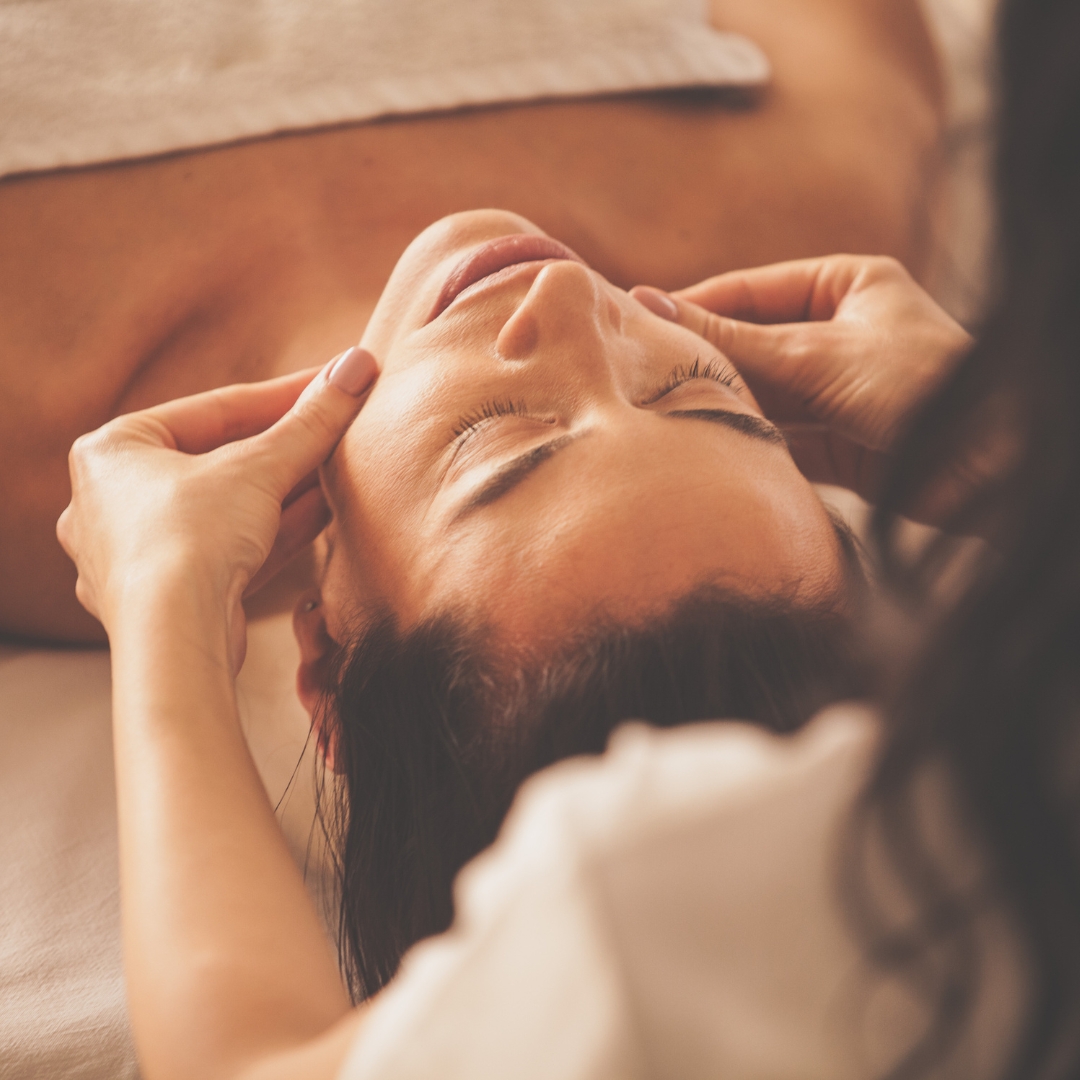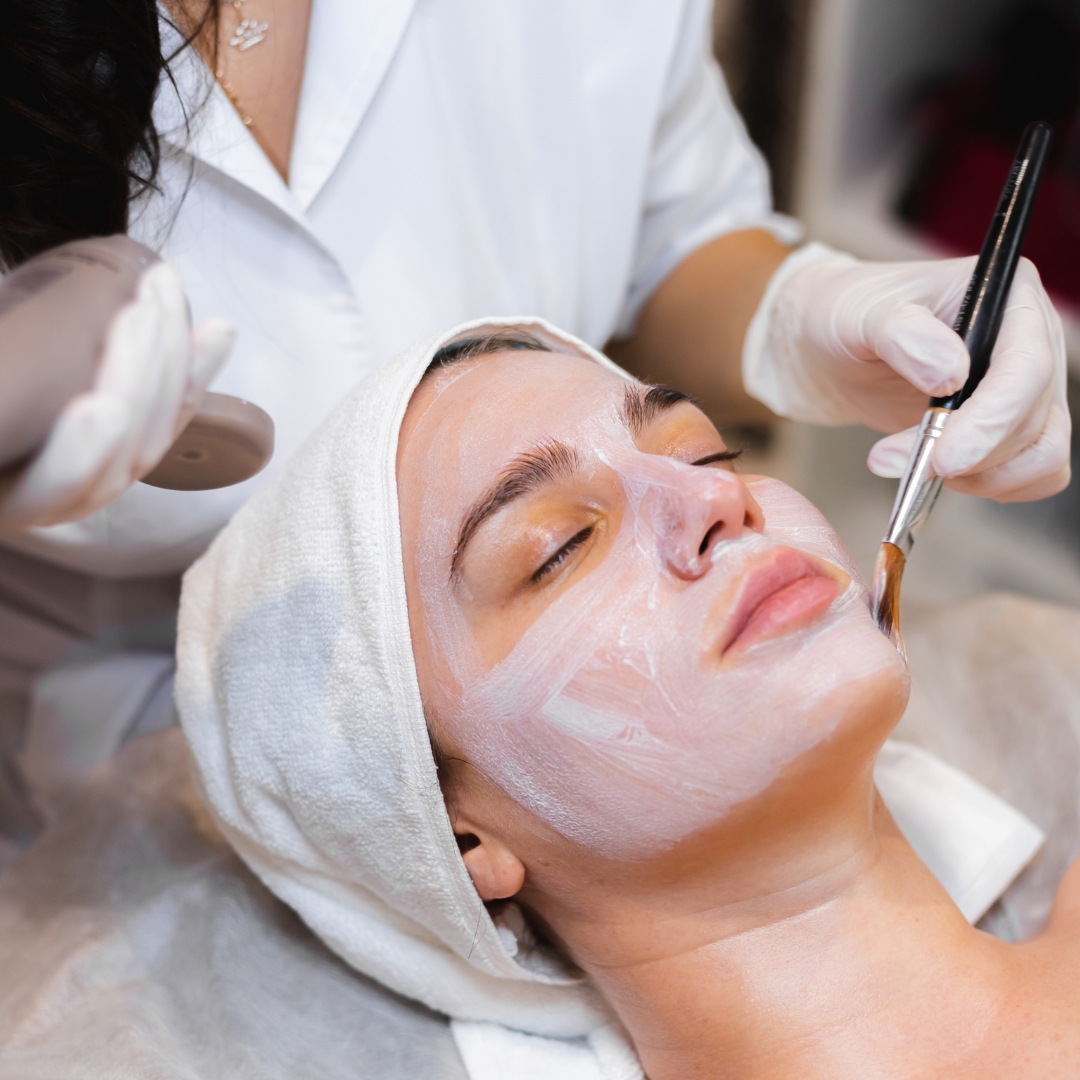Augmented Reality (AR) has become a transformative technology in various industries, and the spa sector is no exception. By blending virtual experiences with the physical environment, AR is redefining how clients engage with services and enhancing the overall spa experience. From virtual consultations to interactive treatments, here’s how AR is making its mark in the spa industry.
1. Enhancing Customer Engagement
- Virtual Try-Ons and Treatments: Spa customers can use AR to virtually "try on" different skincare products or see how a treatment may affect their appearance before booking. For example, AR can simulate the effects of a facial or highlight the benefits of a new skincare serum on the customer’s face, helping them make more informed decisions.
- Interactive Menus and Services: AR can display an interactive service menu where clients can point their phone at the spa's physical brochure or wall, and the app will show detailed descriptions, videos, or even client testimonials of each treatment. This interactive experience enhances customer engagement and encourages them to explore more services.
2. Personalized Skincare Recommendations
- Analyzing Skin Conditions: Using AR technology, spas can offer skin analysis tools that assess clients’ skin conditions and provide personalized skincare recommendations. AR-based apps can capture detailed images of the skin, allowing for a more accurate evaluation and tailored product or treatment suggestions.
- Virtual Consultations: Through AR, spas can conduct virtual skincare consultations. Clients can receive personalized advice, get information about product usage, and understand which treatments are best suited for their unique needs, all from the comfort of their home or while visiting the spa.

3. Immersive Spa Experiences
- Virtual Environments for Relaxation: AR can transport clients to virtual environments designed to enhance relaxation. For example, while receiving a massage or facial, clients could use AR glasses to immerse themselves in soothing virtual landscapes, such as a beach or forest, creating a more peaceful and calming atmosphere.
- Guided Relaxation and Meditation: Many spas are incorporating AR-based guided meditation and relaxation sessions. Clients can wear AR headsets that guide them through breathing exercises and mindfulness activities while visualizing calming scenes in real time, improving the therapeutic experience.
4. Interactive Wellness Education
- Educational AR Content: Spa guests can use AR to learn more about wellness practices, treatments, and self-care tips. For instance, by scanning certain items or areas of the spa, clients can access videos or information about the benefits of different therapies, oils, or wellness practices, helping them understand what will be most beneficial for their health.
- Post-Treatment Guidance: After receiving a treatment, AR can be used to guide clients through aftercare instructions in an interactive format. For example, an AR display could show step-by-step instructions for using skincare products or exercises to maintain the benefits of a massage.
5. AR in Spa Marketing
- Virtual Spa Tours: AR can offer potential clients a virtual tour of the spa before they even step foot inside. By using an AR app, customers can take a 3D tour of the spa’s facilities, view treatment rooms, and experience what the spa has to offer, all from their mobile devices or computers.
- Targeted Promotions: Spas can use AR to deliver personalized promotions and discounts to customers while they are on-site or as part of an app notification. For example, by scanning an area of the spa, customers could unlock a special offer or learn more about a promotion tailored to their preferences.

6. Efficient Spa Operations
- AR for Staff Training: Spas can utilize AR to train new staff members by allowing them to virtually practice treatments or familiarize themselves with spa equipment and procedures. This can help improve the quality of service and reduce training time, ensuring staff are fully prepared to meet customer expectations.
- Streamlined Service Delivery: AR can also assist in enhancing the speed and efficiency of service delivery. For example, an AR display could help technicians locate specific products or ingredients quickly, reducing time spent searching and allowing them to focus on providing the best treatment possible.
7. Integrating AR with Wearable Technology
- Smart Glasses for Therapists: Therapists can use AR glasses or headsets to view real-time data, treatment plans, and client preferences while working with clients. This technology could display information about a client's previous treatments, allergies, or desired outcomes, allowing for a more personalized experience.
- Client Wearables: Spas could integrate AR with wearable devices such as smartwatches or bracelets to track clients’ wellness progress, including heart rate, stress levels, or muscle tension. AR can overlay this data in real-time during treatments to enhance therapeutic results.
Conclusion
Augmented Reality is pushing the boundaries of what spas can offer their clients, providing immersive, personalized, and educational experiences that enhance both service quality and customer satisfaction. By incorporating AR technology into their services, spas can not only elevate the overall wellness journey but also create a unique and innovative environment that sets them apart in an increasingly competitive industry. Whether through virtual consultations, personalized skincare recommendations, or immersive relaxation experiences, AR is helping shape the future of the spa industry and delivering a level of convenience and care that clients love.

